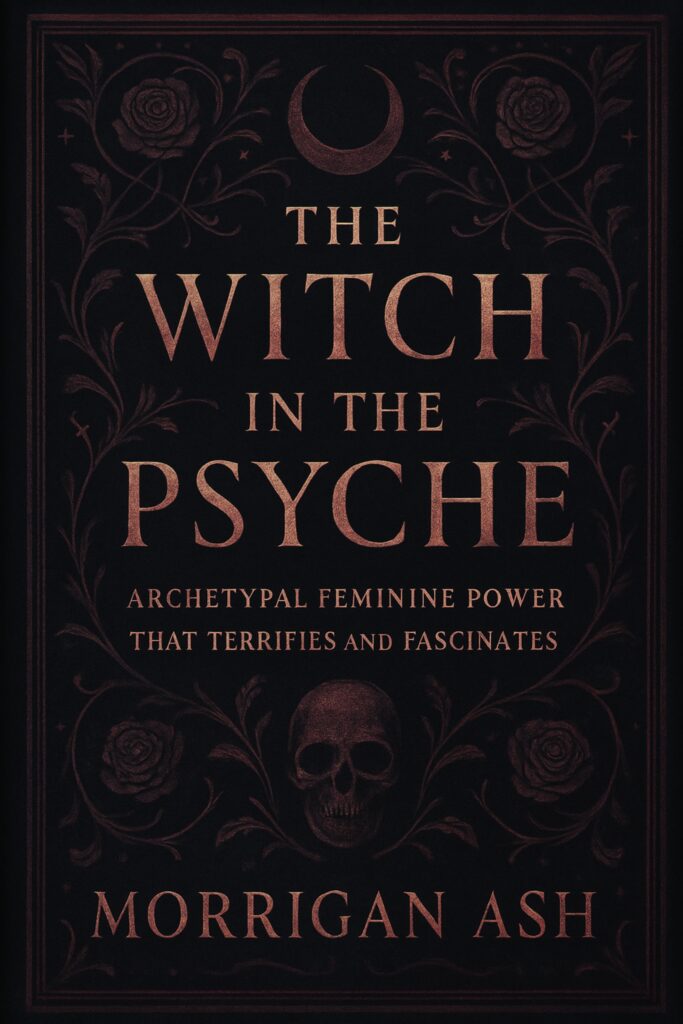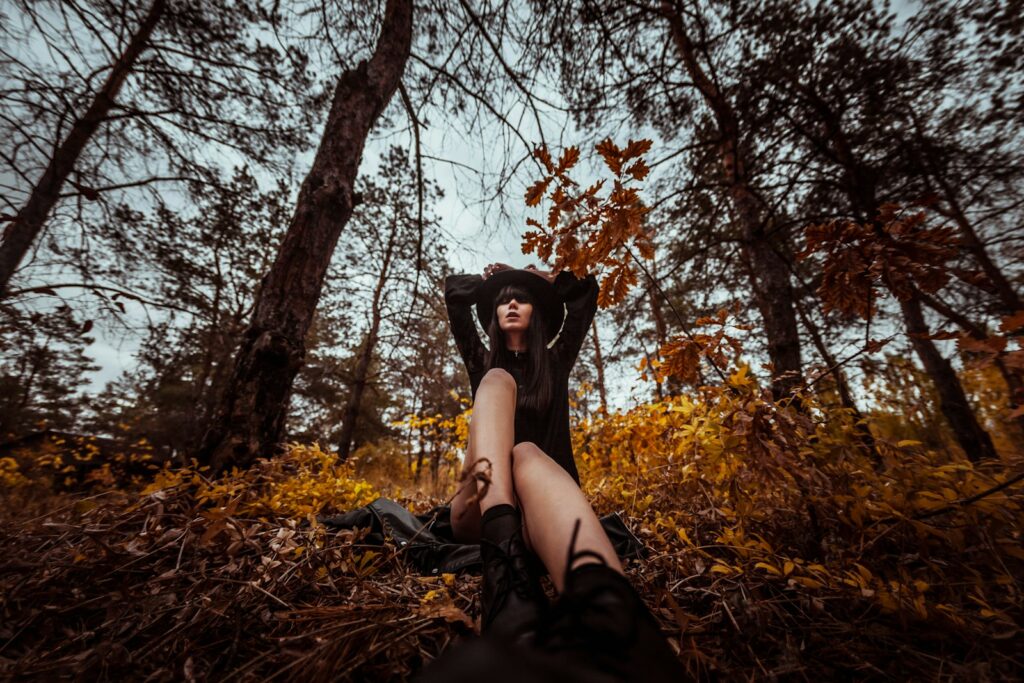The witch has always been the woman who refuses domestication. Not simply in her lifestyle, but in her instinct. She is hunger without apology, intuition without permission, sexuality without supervision. She lives by the pulse of her own body rather than the choreography of culture. And that wildness terrifies a world built on obedience.
Domestication is the great project of civilization: turn desire into discipline, instinct into etiquette, power into politeness. The witch refuses all three. She is the one who remembers what the rest were forced to forget — that freedom is not granted, it is taken. And once taken, it can never truly be tamed.
This is why societies that claim to worship the feminine still burn her archetype in effigy. They do not fear her spells. They fear her sovereignty.
The Curse of Being “A Good Woman”
A “good woman” is predictable. She is soft where required, quiet where convenient, grateful for what she’s given. She does not ask, she waits. She does not hunt, she hopes. Culture has always rewarded a woman who edits herself down to what others can handle.
But the witch does not edit.
She expands.
Her laughter is too loud.
Her curiosity too sharp.
Her rage too justified.
Her desire too vivid.
She disrupts the social spell of female containment simply by existing fully in her own skin. And that is unforgivable.
Wildness as Memory
The witch is not invention. She is memory.
Before agriculture, before property, before women were treated as resources rather than forces, there was sovereignty rooted in instinct — the kind that understands the moon, the body, and the hunt without needing permission to learn.
The witch is the survival of this memory. She is the lineage that patriarchy could not starve, could not shame, could not kill fast enough. She is the reminder that women were not always owned — and therefore could be uncontrollable again.
Civilization fears what it cannot cage.
Fear as Social Strategy
Why does the witch provoke such intense fear?
Because she breaks the central myth of domestication:
that safety comes from submission.
A woman who knows her own instincts cannot be ruled.
A woman who trusts her intuition cannot be gaslit.
A woman who allows herself pleasure cannot be shamed.
A woman who embraces her dark emotions cannot be manipulated.
Domestication collapses when just one woman refuses to kneel. And so the witch must be framed as dangerous — the root of chaos, the portal of temptation, the ruin of order. If she cannot be silenced, she must be demonized.
Fear becomes the leash.
The Body as Rebellion
Wildness is not a philosophy. It is flesh.
The witch trusts the body over rules.
Her hungers guide her.
Her senses are not subordinates — they are allies.
And each time a woman listens to that voice —
the one beneath logic, beneath compliance,
the one saying “yes, now” or “leave, now” —
she steps out of domestication.
She becomes unpredictable.
Which is to say, she becomes free.
The Witch They Couldn’t Kill
The witch survived the pyres.
Not in historical bodies,
but in psychic DNA.
She is the archetype that returns anytime a woman refuses to be minimized. She appears in corporate boardrooms, in bedrooms, in art studios, in protests, in whispered confessions between friends:
“I am tired of being small.”
That sentence is spellwork.
That moment is initiation.
The witch rises wherever women remember their teeth.
The Return of Wildness
We live in a time where the feminine is awakening not into purity, but into power. The domesticated mask is slipping. Rage is returning. Desire is resurfacing. Boundaries are solidifying. The witch archetype isn’t trending — she’s resurrecting.
Women are done asking permission to exist.
They are reclaiming the parts of themselves labeled too much:
too emotional,
too sensual,
too opinionated,
too powerful.
Wildness is no longer a threat to hide — it is a weapon to wield.
The Witch Was Never the Monster

Domestication teaches fear of freedom.
The witch teaches fearlessness inside freedom.
She is not the villain of the story —
she is the story the villain fears.
When a woman refuses to shrink, the exile ends.
When she listens to instinct, the spell breaks.
When she embraces her wildness, the witch returns —
and the world remembers what a woman looks like
when she is no longer owned.

